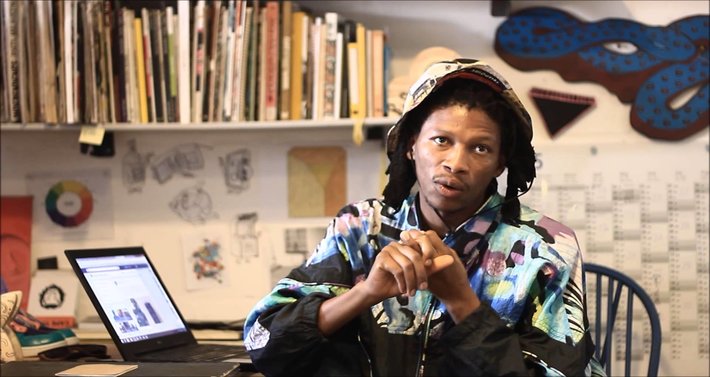
Wangari Maathai was an environmental and human rights activist, founder of the Green Belt Movement, a politician, academic, and the first African woman to win the Nobel Peace Prize (2004). Maathai was considered a pariah by Daniel arap Moi’s government for her activism on behalf of African women and environmental causes. She became a minister in the government of Mwai Kibaki, but was sidelined for her stance on several issues and left parliament after a single term. Maathai gained international recognition for her activism, published several books, and made representations to the United Nations.
Date of birth: 1 April 1940, Nyeri, Kenya
Date of death: 25 September 2011, Nairobi, Kenya
An Early Life
Wangari Muta (later Maathai) was born on 1 April 1940 in Ihithe, Nyeri District, Kenya — part of the central highlands dominated by the Kikuyu people. When she was 3 years old, the Muta family was relocated to a farm near Nakuru, in the Rift Valley, where her father was working. At the age of 7 she and her mother returned to Ithithe, and Wangari attended the local primary school with her two brothers.
In 1951, aged 11, Wangari Muta began boarding at the Mathari Catholic Mission in Nyeri, and went to St Cecilia’s Intermediate Primary School. She converted to Catholicism, and took the Christian names Mary Josephine. After four years she gained admission to Kenya’s only Catholic High School for Girls, Loreto High School in Limuru. She was considered an exceptional student.
Airlift Africa
When she matriculated in 1959, Mary Josephine (Wangari) Muta expected to go to the University of East Africa in Kampala. However, she was selected by the Joseph P Kennedy Jr Foundation to be part of the ‘Kennedy Airlift Africa’ program, which took 300 or so promising students to the US, and provided a scholarship for their university education. The Airlift Africa initiative was initiated in Kenya by Tom Mboya. Maathai attended Mount St Scholatica College (now Benedictine College), Kansas and in 1964 gained a BS (bachelor of science degree) in biology (with minors in chemistry and German). Obtaining further funds, this time from the Africa-America Institute, she took a MS (master of science) in Biological Sciences at the University of Pittsburgh, graduating in January 1966.
After her studies in the US Mary Josephine (Wangari) Muta returned to Kenya to take up the post as research assistant to the professor of zoology at the University College of Nairobi. When she arrived, however, she was told that the place had been given to someone else. She always considered that the job had gone to another because of gender and tribal bias. It was at this time that Maathai rejected her Christian names and reverted to her birth and family name, Wangari Muta. A break came two months later when she was offered the post of research assistant in the newly established Department of Veterinary Anatomy in the School of Veterinary Medicine at the University of Nairobi.
In 1967 Mary Josephine (Wangari) Muta traveled to Germany and attended the University of Giessen and the University of Munich to further her studies. She returned to Kenya in 1969 and took up the post of assistant lecturer at the University College of Nairobi. Wangari Muta had met her future husband, Mwangi Mathai, in 1966 — he had also been an Airlift Africa student . They were married in the May of 1969. Their first son, Waweru was born the following year.
Mwangi Mathai put himself forward for parliament in 1969, but failed to get a seat. That year Tom Mboya was assassinated and President Jomo Kenyatta was cracking down on political opposition.
Dr Wangari Mathai
Wangari Mathai received her PhD in Anatomy at the University College of Nairobi in 1971 (her dissertation was on the development and differentiation of gonads in bovines). She was the first woman in East Africa (Central Africa too) to obtain a doctorate. Her first daughter, Wanjira, was born that December. Mathai advanced in her academic career, becoming senior lecturer in Anatomy in 1974, chair of the Department of Veterinary Anatomy in 1976, and associate professor in 1977 (the same year the institution became the University of Nairobi). At the same time she campaigned for the rights of women on the university staff.



